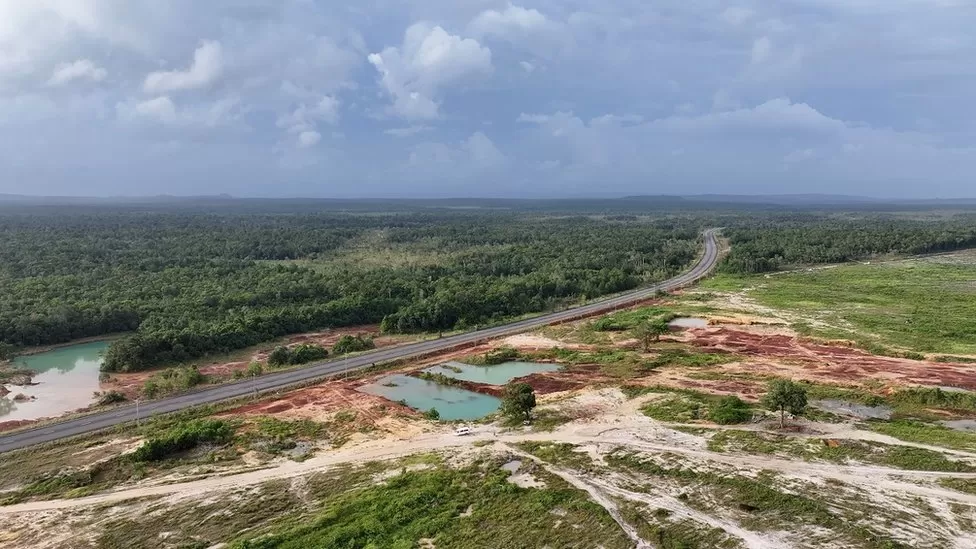The shadowy Chinese firms that own chunks of Cambodia

There is still not much to see at the Dara Sakor Seashore Resort in southern Cambodia fifteen years after it opened.
The project is a grandiose scheme by a Chinese company to build a self-contained tourist city. According to the company, it is a Chinese colony complete with an international airport, deep-sea port, power stations, hospitals, casinos, and luxury villas.
There is still work to be done on the airport. A casino with an attached five-star hotel and apartments sits alone near the sea, fronted by an unpaved road and surrounded by construction sites.
As a tourist business, it has barely begun. In spite of this, it has already had a detrimental effect on one of Asia’s richest natural environments, and on thousands of people living there.
Compared to any other country, China now has the largest economic footprint in Cambodia. Most of its foreign aid and half of its direct investment come from it.
The Belt and Road Initiative (BRI) is President Xi Jinping’s strategy for expanding Chinese infrastructure around the world. There is no doubt that a lot of this is beneficial. Chinese investment is often speculative, rushed, and poorly planned.
Sihanoukville, once a quiet coastal town across the bay from Dara Sakor, has become a huge casino construction site in just a few years.
During Covid, it fueled a crime wave and led to the collapse of the gambling economy, leaving half-built, empty tower blocks all over the city. Dara Sakor may suffer from similar problems.
A Cambodian academic at Arizona State University says it’s like baking without flour. When China sneezes, Cambodia will catch a cold.” You cannot rely on unsustainable practices to achieve sustainable development. What about the Chinese real estate bubble?
